Pests
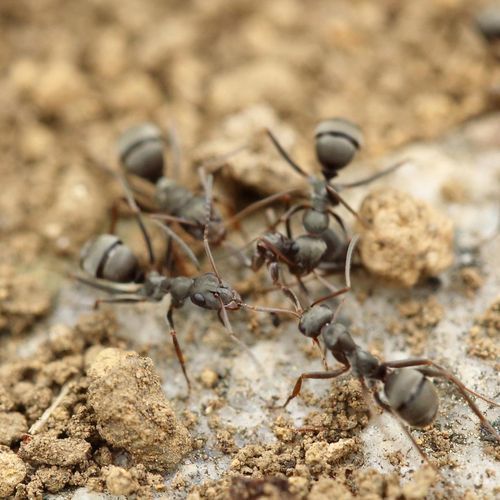
Ants
Formicidae
Let's be real here, most ants that you see in and around your home probably aren't going to hurt you (unless you have fire ants), but they are annoying. And if they're inside, you can't help but feel a little dirty.
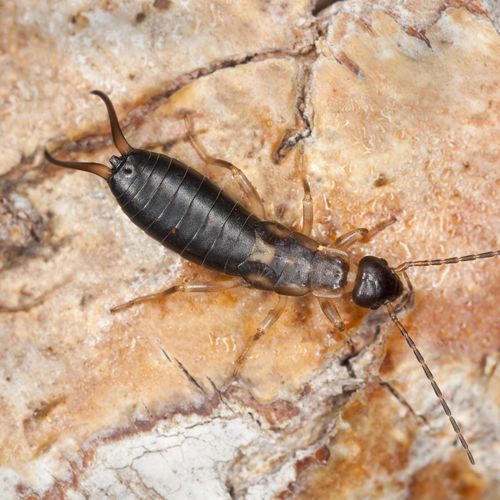
Earwigs
Dermaptera
Earwigs have a unique appearance and are easy for most people to identify. A slender oval-shaped body and a pair of pincers extending off the abdomen set them apart from other insects.
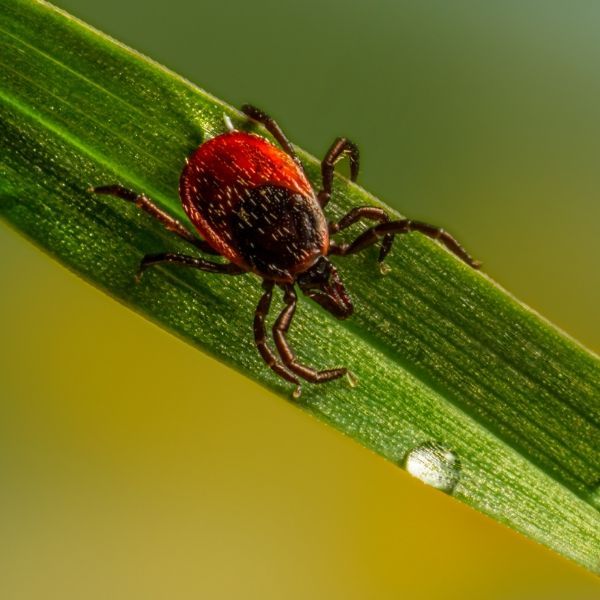
Fleas & Ticks
Siphonaptera | Ixodida
These hitchhikers love to linger, and even though they don't smell bad, they're worse than hippies. They're a danger to humans and pets, which makes them persona non grata on Bigfoot's turf.
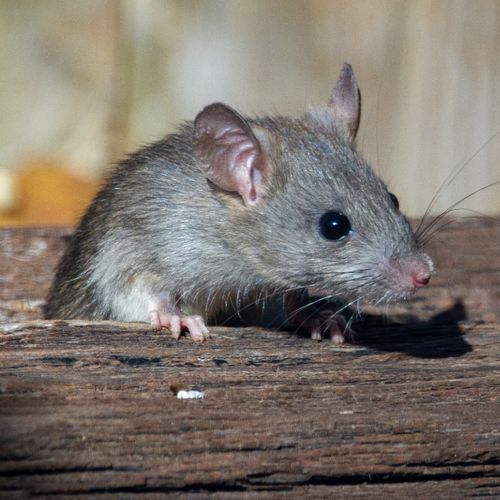
Mice
Mus Musculus
As omnivores, mice have a varied diet and feed on seeds, grains, fruits, and other foods they discover. Mice eat many of the same foods we do, which is one reason why they are such fans of living near people.
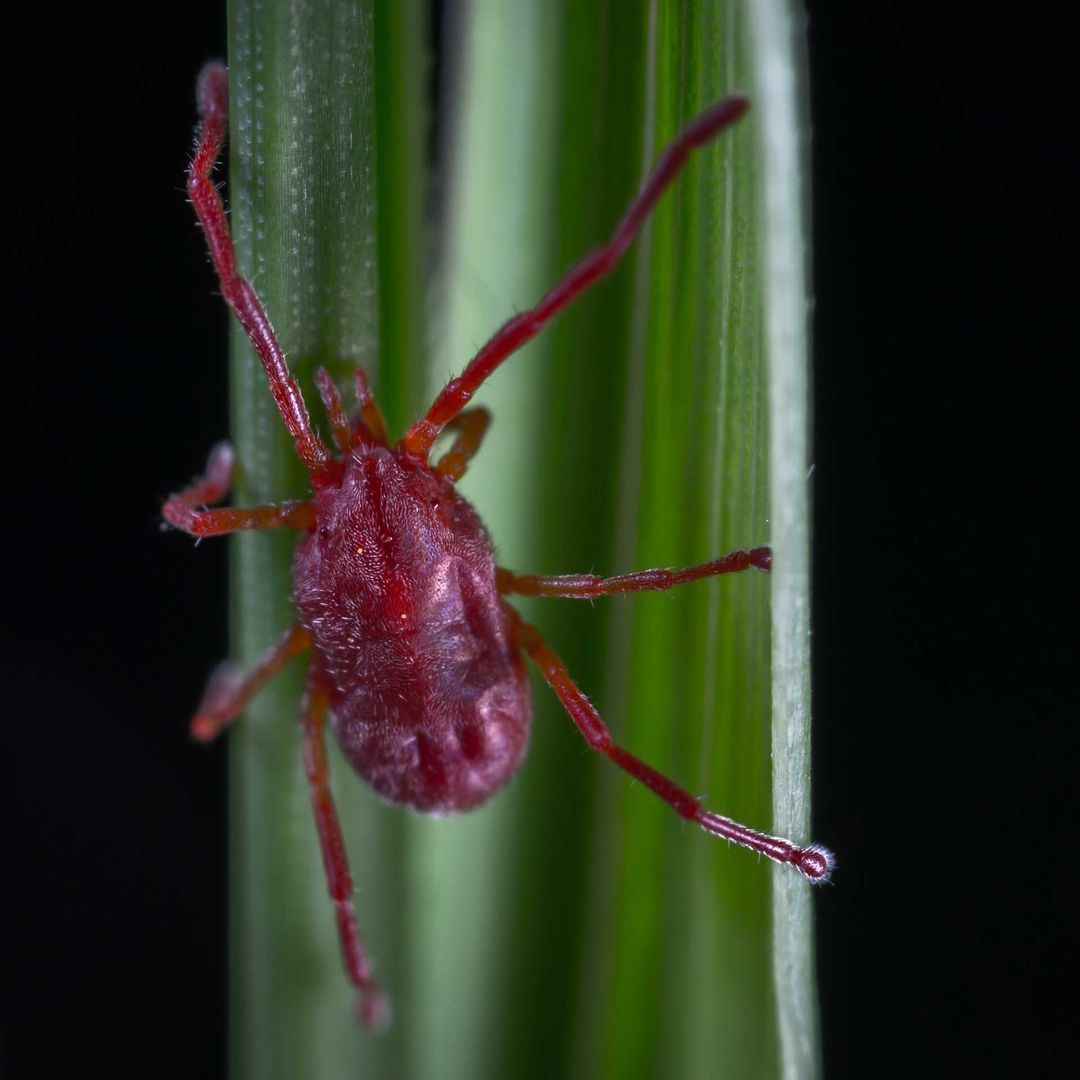
Spider Mites
Tetranychidae
Spider mites are a type of garden and landscape pest. Tiny in size, spider mites look like moving dots- adults grow to only about a twentieth of an inch in length. Spider mites live together in colonies with hundreds of individuals.

Spiders
Araneae
Boise doesn't have a lot of problems, but Boise does have a spider problem. As if being creepy and crawly wasn't enough, some of these big ole' assassins are also poisonous.
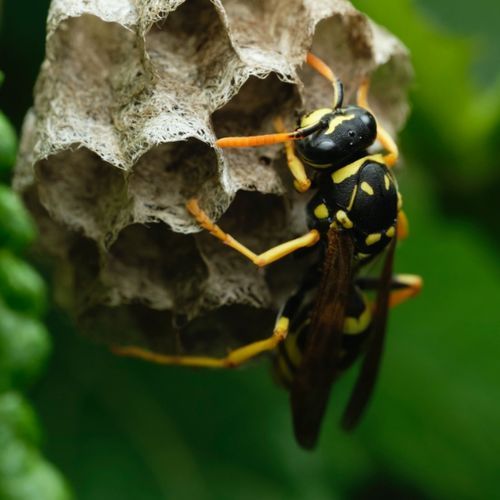
Wasps
Various
Wasps, yellow jackets, and hornets are Boise's least favorite party guest. They can bite and sting. If you want to protect your family from these little terrorists, it's gonna take a lot more than that can of raid under the sink.
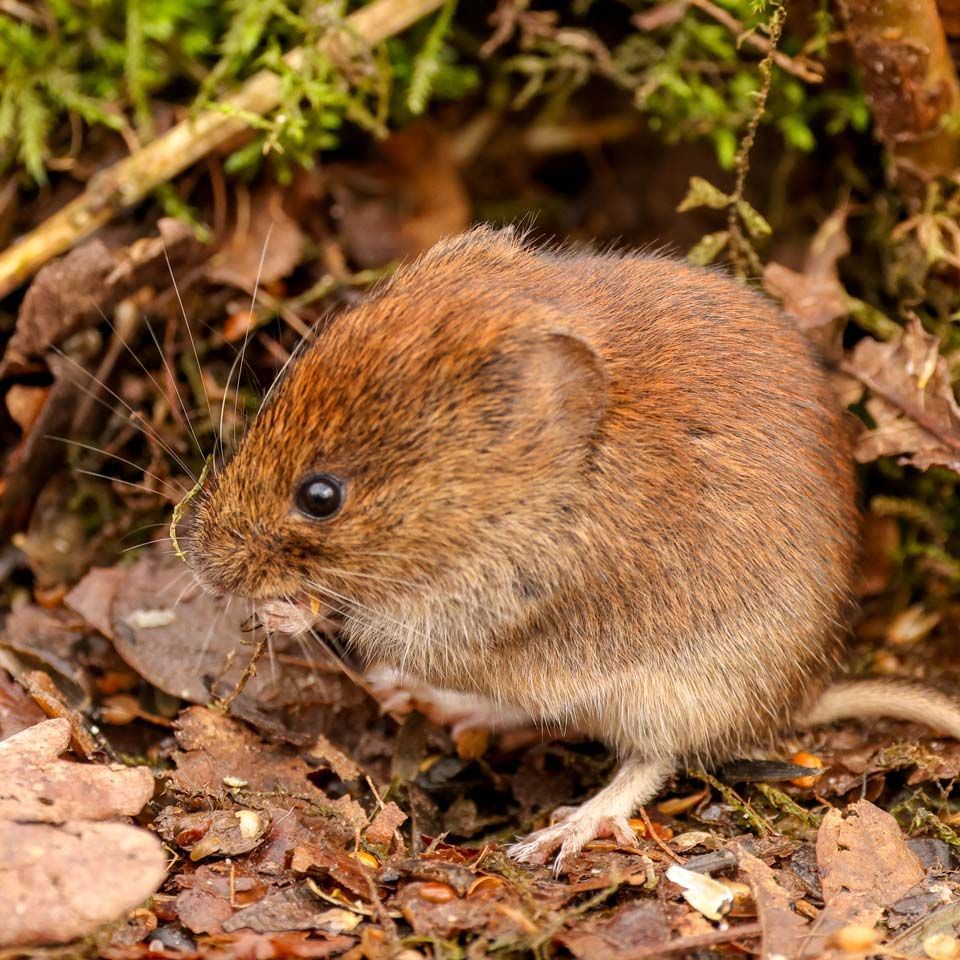
Voles
Microtus
Voles are small pests that live in and cause damage to our yards. We identify voles by their tiny ears, short tails, and rounded snouts. Covering their chunky, round bodies is dense black or brown fur. At first glance, voles look very similar to mice.
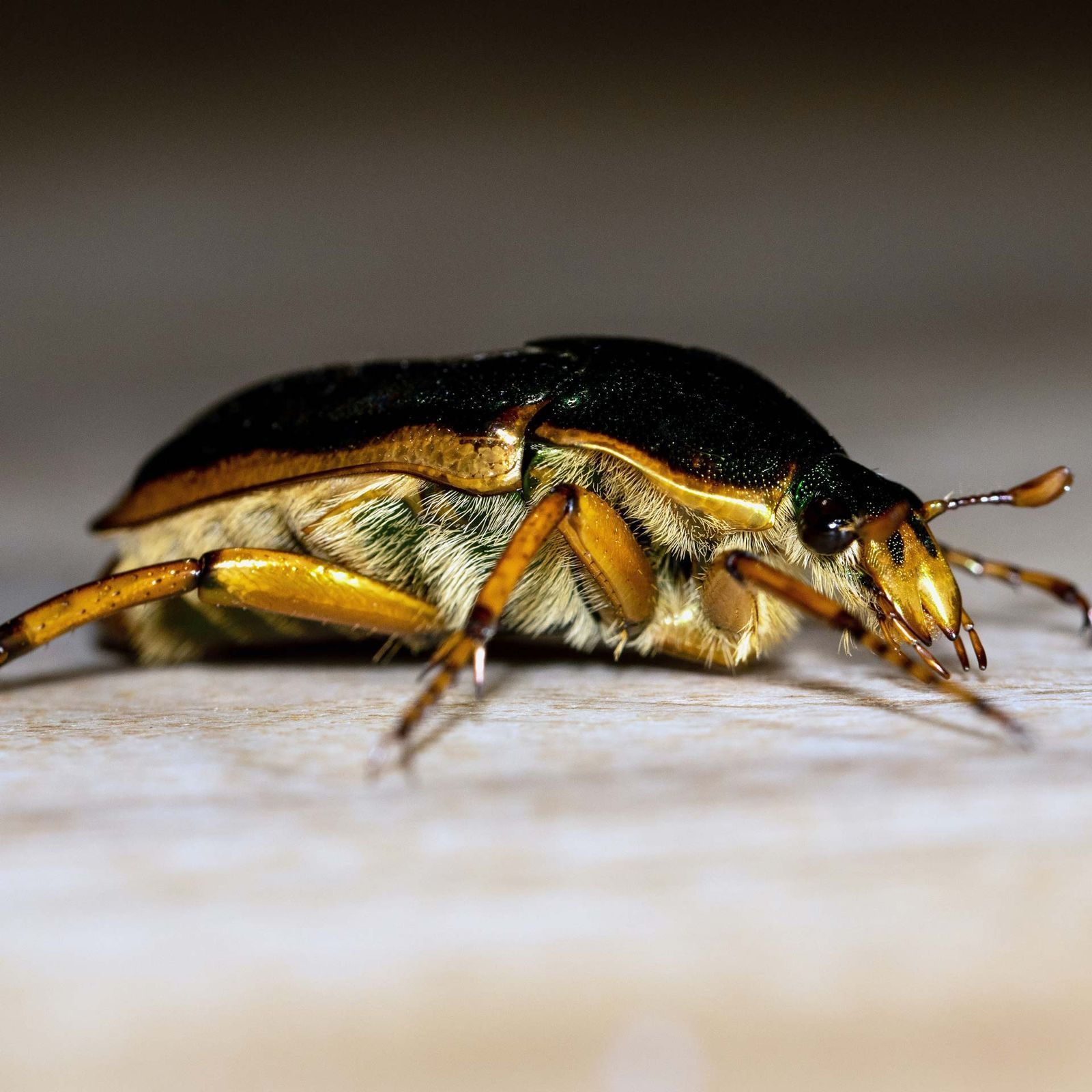
Cockroaches
Blattodea
You've gotta hand it to cockroaches: their survival instincts and sci-fi level exoskeletons are really quite amazing. Too bad Bigfoot is 50 levels higher in the food chain and he's having none of it.
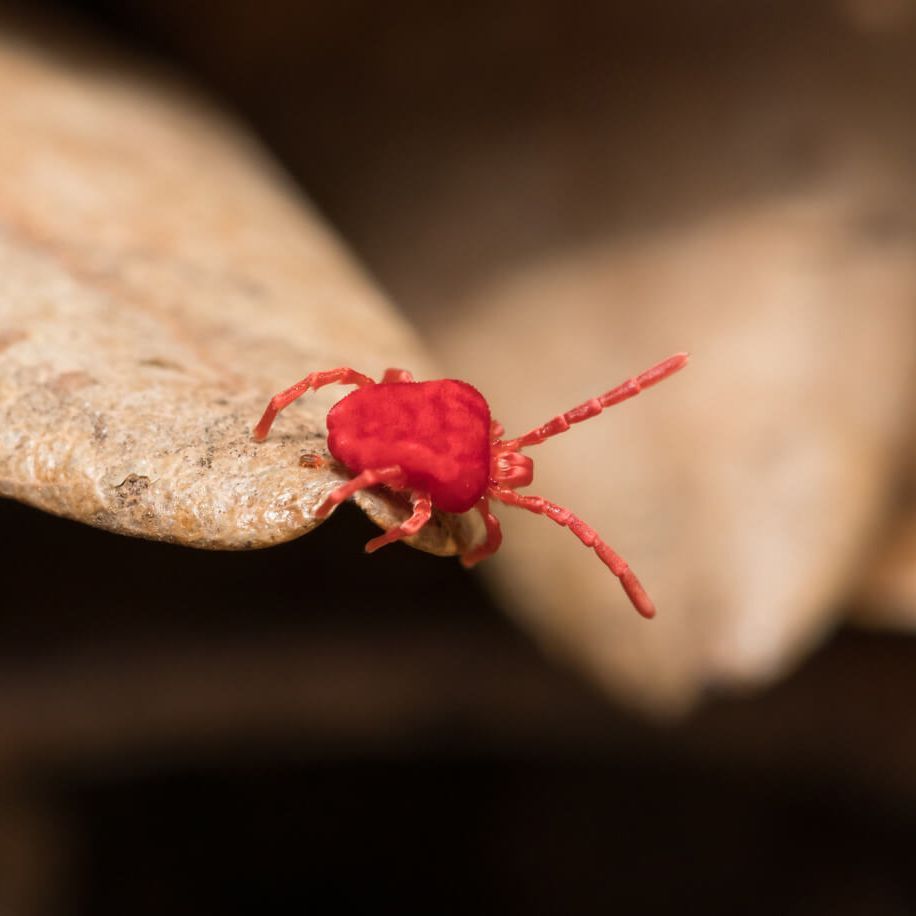
Clover Mites
Tetranychidae
Find red bugs on the concrete near your home? Perhaps you’ve found them somewhere in your backyard? Bryobia Praetiosa Koch, also known as the clover mite, or the spider mite, is a mite species that is also related to the tick and spider. These tiny, red, or green mites are completely harmless to humans and animals. These tiny red bugs are much smaller and look nothing like cockroaches or other big insects.

Elm Seed Bug
Arocatus melanocephalus
Elm seed bugs feed mostly on elm seeds, but can be found on other trees, such as the linden. Luckily, the bugs are not a concern for the health of elm trees, but they have become a nuisance pest, similar to boxelder bugs, by entering homes and buildings in the spring, late summer and fall. However, unlike boxelder bugs, these bugs can emit a pungent smell, similar to bitter almonds, from their scent glands.

Box Elder Bug
Boisea trivittatus
If you've ever seen these bugs before, you can probably understand how they can quickly become a problem. You probably also understand why some people call them "Love Bugs." If there's one thing these pests are good at, it's proliferating rapidly.
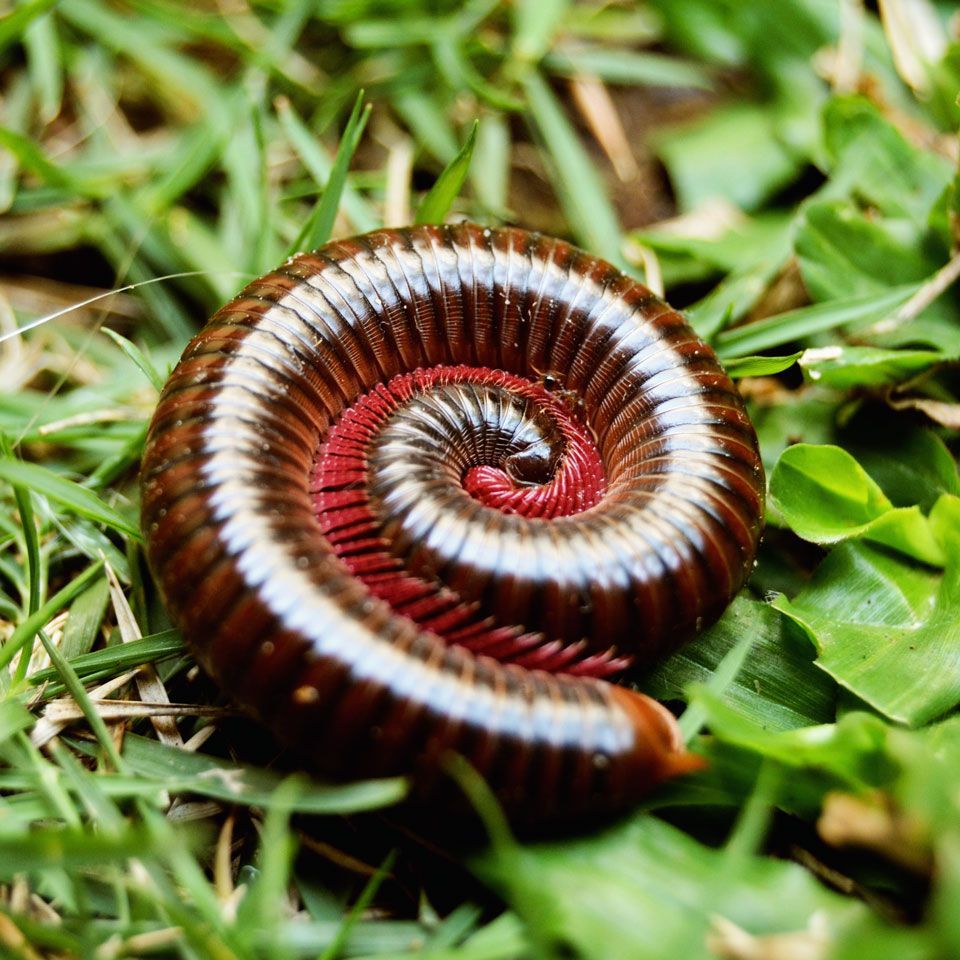
Millipede
Diplopoda
Millipedes are long, insect-like creatures with multiple body segments. Most of their body segments contain two pairs of legs. Their body is usually cylindrical in shape and they will often roll up into a spiral to protect themselves. Coloration of millipedes varies greatly, but most are deep orange, brown or black.

Centipede
Scutigera coleoptrata
Scutigera coleoptrata, also known as the house centipede, is a species of centipede that is typically yellowish-grey and has up to 15 pairs of long legs. Originating in the Mediterranean region, it has spread to other parts of the world, where it can live in human homes.
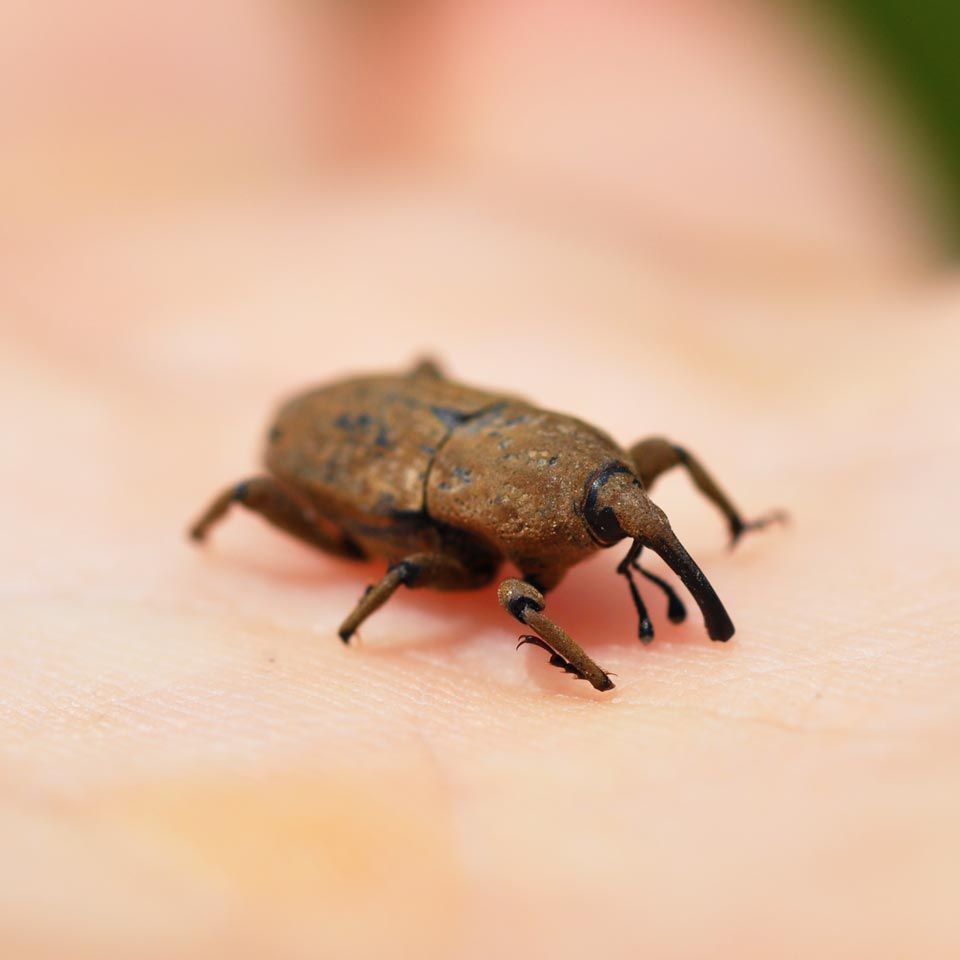
Bill Bug
Sphenophorus
A Billbug is a weevil or snout-beetle that, in its larval form, can cause damage to your lawn and is often misdiagnosed as drought stress. Billbugs love high-cut turf grass. They can be present at any time of year and make your luscious lawn look like it’s fallen victim to a major drought.

Pill Bug
Armadillidum vulgare
Pill bugs, or roly-poly bugs, are found in gardens across the country. They get their “roly-poly” moniker from the ball shape they take on when disturbed. They’re helpful since they break down organic matter into rich soil, but in large numbers, they are destructive and will feed on tender roots, leaves, and vegetables. Pill bugs, sometimes spelled pillbugs, are not actually insects– they’re land-based crustaceans that thrive in wet and damp environments.

Bee Removal
Formicidae
Bee removal is the process of removing bees from a location. Professional pest control removal or relocation services exist for this purpose. Since the honey bee is considered to be the most beneficial of all insect species, and bee colonies have potential economic value, professional bee removal often involves transferring them to a new location where they can be cared for and used for crop pollination and for production of honey and beeswax.

Gnat
Nematocera
Gnats are pesky and persistent little buggers that reproduce quickly and discreetly, making it tricky to find where they might be coming from.
